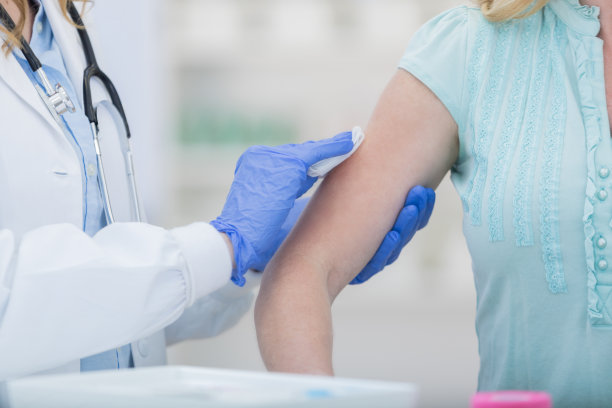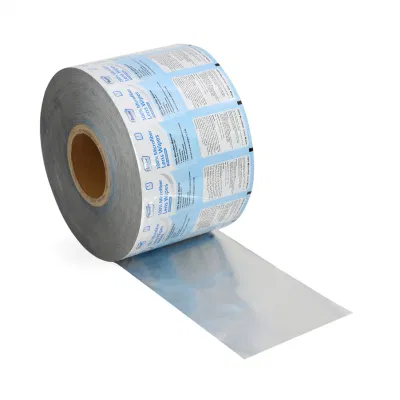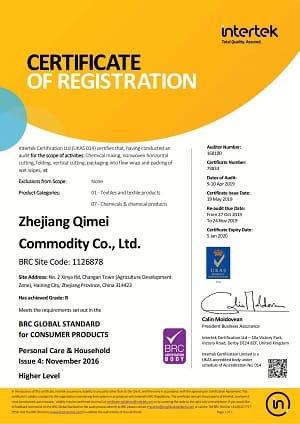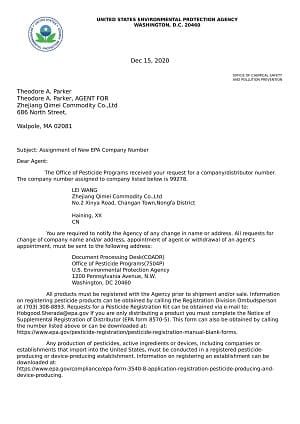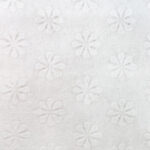Spunlace onwoven Fabric Type: Polyester,Poly -Viscose Blend material, Bamboo Fiber, Wood Pulp(Flushable), Cotton or Soy Fiber(Biodegradable)
Flat or Textured( Your Own LOGO is available)
Grammage: 30-80gsm
10/30/80/100/120/160 pcs/pack
Small individual wipes: These are single-use wipes that are small enough to fit in a pocket or purse. They are typically used for cleaning small areas or for personal hygiene purposes.
Medium-sized wipes: These are larger than individual wipes and are often used for cleaning and disinfecting larger surfaces or equipment.
Large wipes: These are the largest size of alcohol wipes and are typically used for cleaning and disinfecting larger surfaces or equipment in industrial or medical settings.
1. Plastic resealable bag: This is the most common type of wet wipe packaging. It is made of plastic and has a resealable strip on top to keep the wipes fresh and moist.
2. Flip-top lid container: This type of packaging consists of a plastic container with a flip-top lid that can be opened and closed to access the wipes.
3. Soft pack with plastic flip-top lid: Similar to the flip-top lid container, this packaging comes in a soft pack and has a plastic flip-top lid for easy access.
4. Pop-up dispenser: This type of packaging features a pop-up dispensing mechanism that pulls out one wipe at a time.
5. Travel pack: A small packaging designed for on-the-go use, it often comes with a plastic snap closure.
6. Single-use packaging: These wet wipes come in small, sealed packets which are convenient for travel or outdoor activities.
7. Refill bag: This larger size packaging is designed to refill other wet wipe containers, and usually has a resealable opening.
The formulation of 99%, 75%, and 70% alcohol wipes typically includes isopropyl alcohol as the main active ingredient. Isopropyl alcohol, also known as rubbing alcohol, is a type of alcohol that is commonly used for disinfecting and cleaning surfaces, skin, and medical equipment.
In addition to isopropyl alcohol, the formulation of alcohol wipes may also include other ingredients such as water, glycerin, hydrogen peroxide, and other additives that can help to enhance the cleaning and disinfecting properties of the wipes.
The concentration of isopropyl alcohol in the formulation of the wipes determines the effectiveness of the wipe for disinfection purposes. As mentioned earlier, 99% alcohol wipes contain the highest concentration of isopropyl alcohol and are primarily used in medical and industrial settings for cleaning and disinfecting equipment and surfaces.
75% and 70% alcohol wipes are commonly used for disinfecting skin or surfaces and are considered to be effective at killing most germs and viruses. These concentrations allow for sufficient contact time with the surface to kill germs without evaporating too quickly.
Good Manufacturing Practices (GMP): This is a set of guidelines and standards that ensure that the manufacturing process is safe, efficient, and produces high-quality products. GMP certification may be required by regulatory agencies in different countries.
Environmental Protection Agency (EPA) regulations: Alcohol wipes that are intended for disinfecting surfaces or equipment must comply with EPA regulations. These regulations require that the wipes be effective against specific pathogens and meet certain safety and labeling requirements.
Food and Drug Administration (FDA) regulations: If the alcohol wipes are intended for use on the skin, they must comply with FDA regulations. These regulations require that the wipes be safe and effective for use on the skin and meet certain labeling and packaging requirements.
International Organization for Standardization (ISO) certifications: ISO certifications provide assurance that the manufacturer has implemented a quality management system that meets international standards. ISO certifications may include ISO 9001, which is a standard for quality management systems, and ISO 13485, which is a standard for medical devices.
